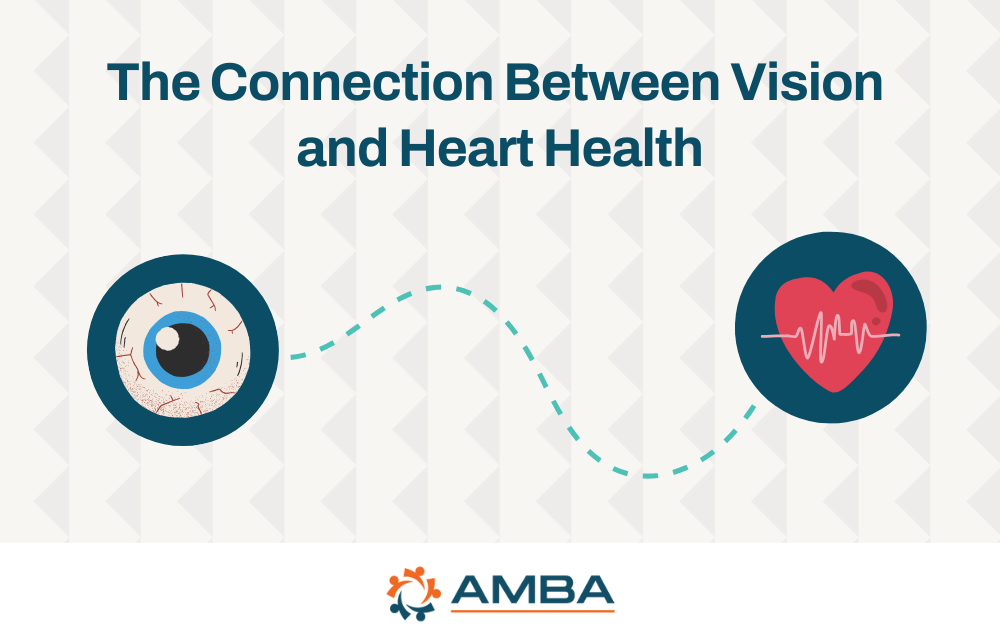Leaving Your Home To A Loved One
Transferring home ownership can be complicated. AMBA’s tips provide clarity.

If you’re like many people, your home represents more than just financial value. As the saying goes, “Home is where the heart is”; your house is filled with cherished memories and emotional significance. For this reason, many individuals aim to leave their home for their loved ones.
However, although leaving your home to a loved one may appear straightforward, the process can quickly become complicated and costly. Careful planning ensures that you pass down your home according to your wishes while safeguarding your loved ones financially. Follow AMBA’s guidance to explore your options and create a well-structured plan that minimizes the risk of legal and financial complications.
Start Planning Early
Begin by discussing your intentions with your heirs and family members. Ensure your wishes align with their wants and desires.
Additionally, make sure your heir is financially prepared for homeownership and ready to manage the responsibilities of owning a property. Transferring a home can introduce extra financial obligations, including mortgage payments, property taxes, and maintenance costs.
You and your beneficiary should also familiarize yourselves with the potential tax consequences of transferring property. This process can trigger various tax implications, such as estate taxes, gift taxes, and capital gains taxes. You may want to work with an estate planning attorney or tax professional to develop a tax-efficient transfer strategy.
Explore Your Options to Hand Down Your Home
Once you and your loved one agree on passing down the home, consider these various options:
- Will – A traditional will allows you to designate an heir as the beneficiary of your home. This option ensures you control who inherits the property. However, assets transferred through a will still undergo the probate process, which can be lengthy and costly. Additionally, a will is a public document, meaning that anyone can access the decedent’s assets and see who inherited them, raising potential privacy concerns.
- Joint Ownership – Are you planning to reside in the home until your passing? Consider adding your heir’s name to the property title as a joint owner. This arrangement ensures that the joint owner receives full ownership rights to the home after your passing without restrictions.
- For Spouses: When a spouse is listed as a co-owner, the value transferred is exempt from estate and gift taxes due to the unlimited marital deduction. The surviving spouse inherits your ownership interest in the home and becomes the sole owner.
- For Non-Spouses: If a non-spouse co-owner is listed, the value transferred is considered a gift and must be reported for gift tax purposes, counting towards your lifetime exemption amount. Lifetime gifts to non-spouse heirs are subject to the carryover of cost basis, which may equal the home’s original price (excluding improvements). This arrangement means they may face higher taxes when selling the property because they likely won’t qualify for a step-up in cost basis at the time of your passing.

- Revocable Trust – A revocable trust enables you, as the grantor, to maintain control over your home while specifying how and when it will pass to your heirs. This trust allows for the quick and private transfer of your home to your heir, bypassing the probate process. It also allows you to retain complete control and use of your home during your lifetime, facilitating a seamless transition after you pass.
Leaving your home to a loved one can effectively safeguard their financial future after you’re gone.
Another strategy to ensure your loved ones are taken care of is to obtain a Whole Life policy through RGEA and AMBA. This policy offers a financial safety net and can help cover final expenses for your family. Additionally, it features guaranteed acceptance with no medical exams or health questions required! Joining is simple—you can purchase your policy online. Plus, it includes a no-obligation 60-day return policy. Learn more about Whole Life Policies through AMBA and your association at www.AMBAlifeinsurance.com/ncrgea or call 800-956-1228.










